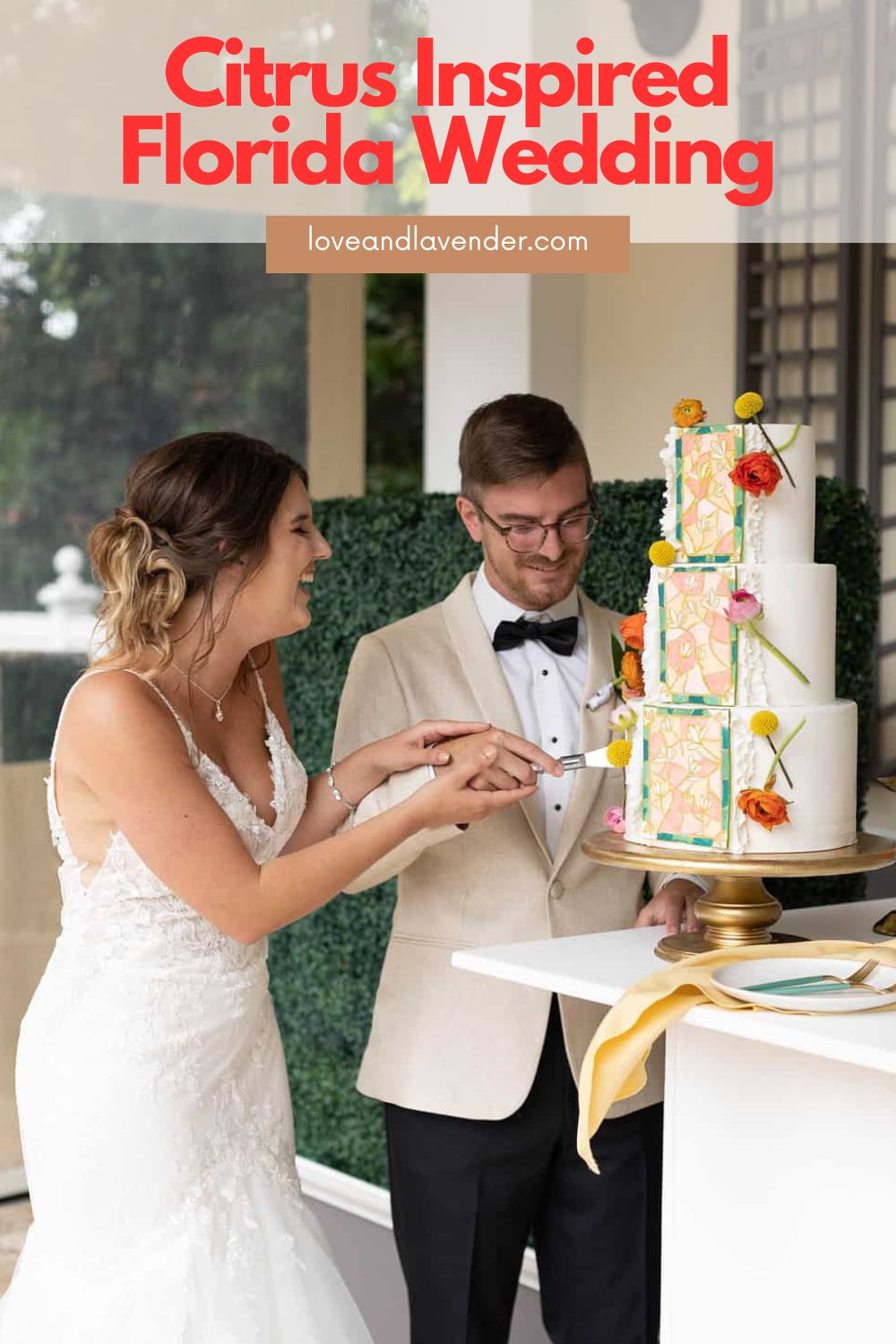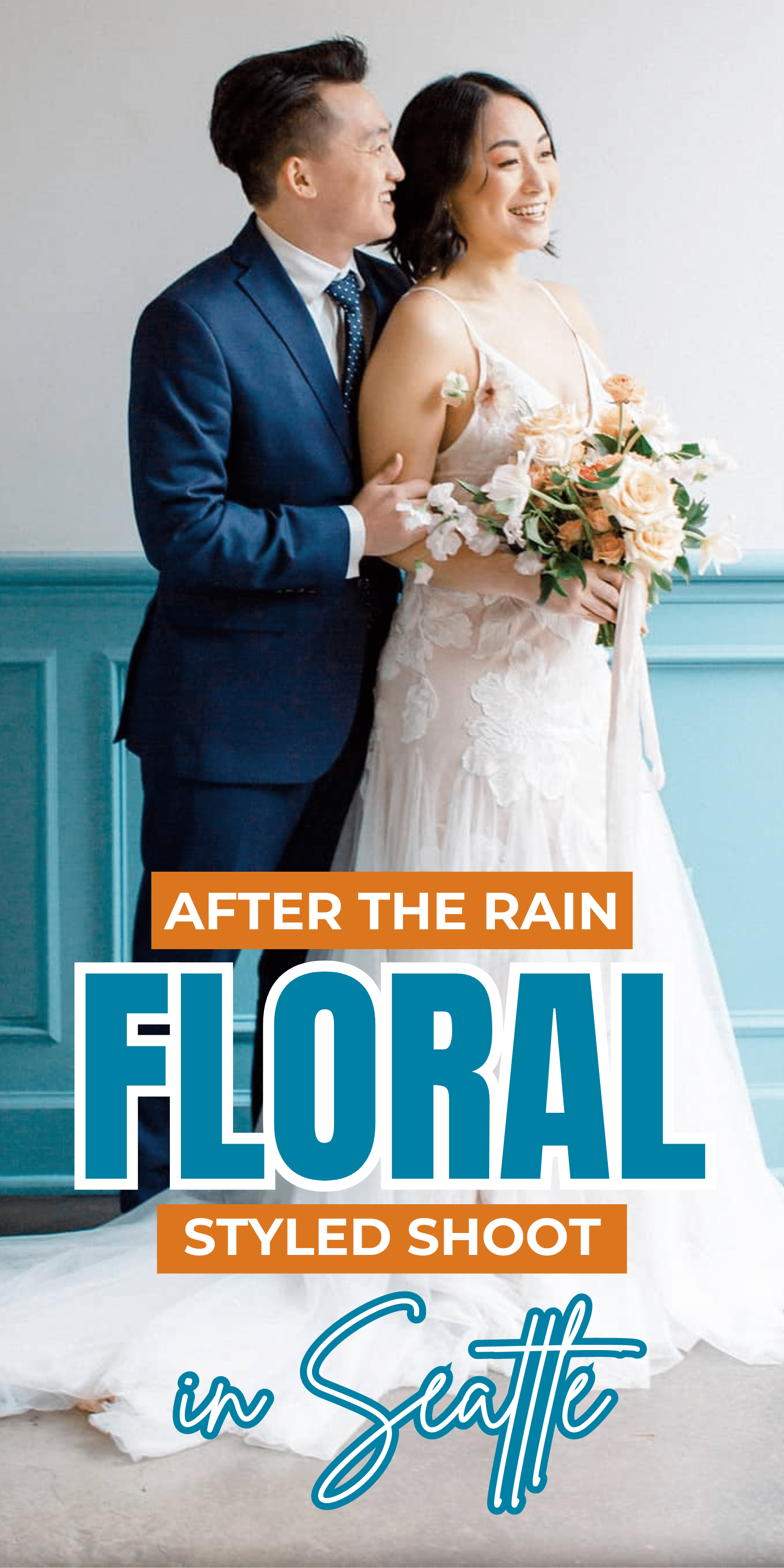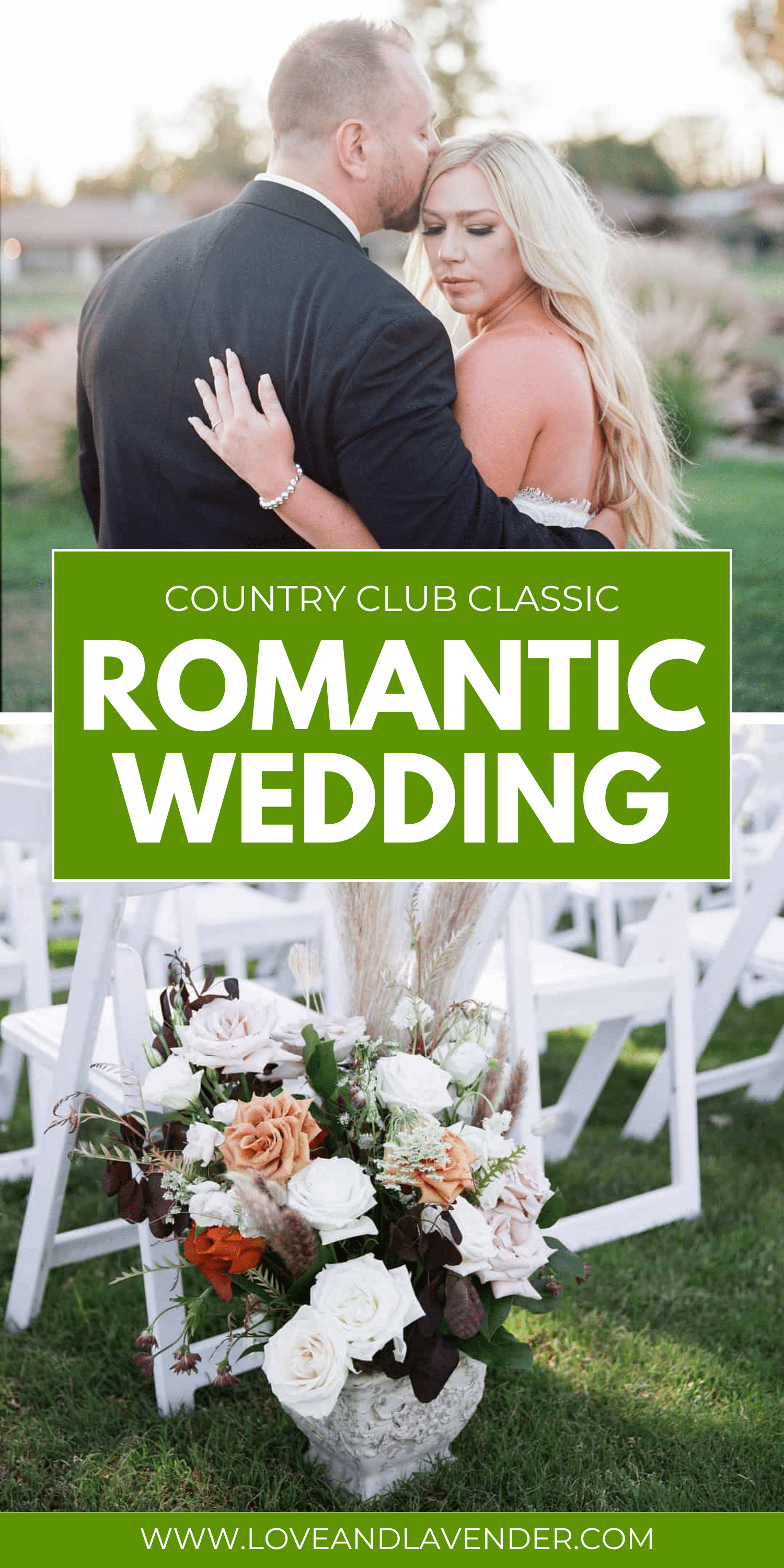Whoever was in charge of marketing when they invented the term “radiant cut diamonds” should get a prize — what women doesn’t want to look radiant?
Radiant cut diamonds are a relatively new addition to the diamond cut family. They were created with the intent of combining the best attributes of existing popular diamond cuts: the elongated elegance of an emerald cut, the trim lines of a princess cut, the durability of a cushion cut, and the timeless sparkle of a round brilliant cut diamond. A pretty mammoth undertaking, all in all. Were they successful? Let’s find out together.
What Is a Radiant Cut Diamond?
The radiant cut was developed in 1977 by an ambitious diamond cutter named Henry Grossbard. He wanted to create a geometric diamond shape inspired by the emerald cut that rivaled the brilliance of round cut diamonds.
What he came up with was a seventy-facet elongated stone with beveled corners and an extraordinary display of sparkle. Face up, the radiant cut can look quite similar to the cushion cut, but it certainly has a more modern appeal. The corners are sharply cut, whereas the corners on a cushion cut diamond are gently rounded. The facets of a radiant cut diamond are thinner, longer, and sharper, resulting in a much more glittery gem.
You’ll also see them being compared to princess cuts. They were actually developed right around the same time — 1977 and 1980, respectively. While radiant cuts are traditionally rectangular and princess cuts are traditionally square, each can be found in both elongated and square cut shapes.
The biggest difference between the two is the corners: sharp points on princess cuts and blunted corners on the radiant. This makes the radiant cut a much more durable choice for everyday wear since you don’t need to worry about the corners chipping. Radiants also have more facets than princess cut diamonds, showing more cut glass brilliance than the tidy scintillation of a princess cut.
Which Setting Is Best for a Radiant Cut Diamond?
The great thing about radiant cuts is they shine in both modern and vintage style settings. They’re a fantastic choice for three-stone rings and rings with smaller accent diamonds on each side. Other elongated shapes, such as baguettes, bring the eye’s attention to the strong lines of the radiant cut diamond. Other accent shapes, such as round diamonds or pear cuts, can give the piece a softer look.
And, of course, a bold solitaire is always elegant — this diamond shape needs no entourage to support its… ahem…. radiance.
Shopping for Radiant Cut Diamonds
If you’ve decided to choose a radiant cut diamond for your engagement ring, you might find yourself going on a bit of a treasure hunt. Radiant cuts are specialized (what the GIA calls a “fancy shape”) and harder to find in jewelry boutiques than standard round brilliants. Your best bet is to search reputable online vendors with high-quality photos and accompanying diamond certificates, such as James Allen and Blue Nile.
When you first start looking for your new radiant cut diamond ring or pendant, it’s helpful to first narrow down the size ratio that you’re looking for. Square cut radiants are best in length to width ranges of 1:1 to 1.05:1. For an elongated radiant cut, 1.15 to 1.35 is the most popular. You’ll need to examine different diamonds with different length to width ratios to get a sense of what shape is right for you. Avoid the “grey area” between 1.05 and 1.15 – these not-quite-square diamonds tend to look a bit awkward and unbalanced.
Once you’ve narrowed down the diamond of your dreams, you can look at the four diamond quality factors: cut, color, clarity, and carat weight.
Cut
Like other fancy cut diamonds, radiant cuts don’t receive a formal cut grade on diamond grading certificates. That means it’s up to the buyer to compare diamonds and see what makes them glow.
In general, cut is the most important factor when it comes to determining a diamond’s beauty. It’s what takes the raw optical properties inherent in the rough stone and essentially splits them apart into a cascade of light and sparkle.
In a well cut diamond, light will enter the surface of the stone and ricochet off the diamond’s many facets. Some of the light will be sent back at the viewer (this is called “brilliance”) and some of it will break up into rainbow hues of spectral color (this is called “dispersion” or “fire). A poorly cut diamond won’t retain light very well, and the stone will look dull and empty.
When evaluating the cut of a radiant diamond, see if the retailer can tell you the table percentage and depth percentage. These are industry standard measurements that show us the percentage a given measurement (the size of the table, or the total height of the stone in this case) takes up out of the entire width of the stone. An ideal table measurement is 61-69% — therefore, about two thirds of the entire width. An ideal depth percentage is 61-67%, so about a third of the measurement of the stone’s total diameter. These proportions guarantee the best light return and the most sparkle.
Also check to see that the table is centered right in the middle of the stone, that the facets are symmetrical and well balanced, and that the corners are cut evenly so that each side is a mirror image of the other.
Color
All diamonds are graded based on the GIA’s D-Z color scale, with D being the most colorless and Z having strong tones of yellow, brown, or grey. Some stones show hints of color better than others — cushion cuts, for example, don’t hide color very well and so it’s recommended to invest in a slightly higher color grade.
Radiant cuts sparkle enough to hide most off colors, so in this case, investing in a D color would be an unnecessary expense (unless you want to consider reselling it later on). The best value for a radiant diamond is in the near colorless range, or G-I. A yellow gold setting will also help to dim undesirable color tones better than white gold or platinum, so if you’re purchasing a yellow gold jewelry piece you can go to a J or K color and still have a diamond that looks bright and colorless.
Clarity
Radiant cut diamonds have a large table facet, but they also have 69 other facets interlocked together that give the diamond an intense amount of sparkle. These flashes of light hide inclusions (internal flaws) very well, so even diamonds in a lower clarity grade can still look clean to the naked eye.
When shopping for a radiant cut diamond, the best value is between about a VS2 and an SI1. Be sure to choose one without any clarity characteristics (blemishes or inclusions) right under the table facet — that’s where they’ll be most obvious. If you’re considering a diamond in the lower end of this clarity range, try to see it for yourself in person if you can. Otherwise, make sure you get a chance to view it through highly detailed photos.
Carat Weight
Carat weight is a unit that represents 0.2 grams, or a fifth of a gram. Although all 1ct. diamonds will weigh exactly the same, they may look larger or smaller face up depending on the way they’re faceted and any optical tricks the diamond’s outline plays on the eye.
Radiants are a great choice for the budget-conscious because they tend to look larger for their carat weight than other diamond cuts. Grossbard designed this shape so that it would combine the brilliance of round cut diamonds with a more impressive face up appearance. Its shallow depth and generous table give the impression of being much bigger than it is.
This means you can go a little smaller and put the money saved towards getting the best possible cut and color grades.
Radiant Cut Diamond FAQ
Radiant cut diamonds are especially popular with women who are confident, outgoing, and full of energy. The unique combination of strong lines and delicate sparkle shows a lot of inner strength on behalf of the wearer. Being such a groundbreaking addition to the world of diamond cuts, radiants are a great choice for creative, innovative women.
These two diamond cuts can look quite similar, as they’re both rectangles with blunted corners. However, the faceting structure is quite different. Emerald cuts are faceted with what’s known as a “step cut”, which is a series of long, parallel lines (like a flight of steps). Emerald cut diamonds don’t sparkle in the way that traditionally cut diamonds do – instead, they display a “hall of mirrors” effect of light and shadow that is quite spectacular.
Radiant cuts, by contrast, are closer to the brilliant fire and scintillation of a traditional round brilliant. They exhibit a wonderful sparkle and flashes of colored light. Both radiants and emerald cuts are absolutely stunning but in very different ways. If possible, see if you can look at the two of them side by side to see which one is right for you.
Radiant cut diamonds are actually one of the most durable diamond shapes you can get. Their rectangular shape and blunted corners hold up very well to everyday wear. This makes them a great choice for very active women.
Like all diamonds, however, they can chip or fracture if heavily impacted. Make sure to choose a setting with prongs that protect the most vulnerable areas of the stone, and keep it clean with a soft, clean cloth or a baby toothbrush.
Is a Radiant Cut Diamond in Your Future?
All diamond cuts are an accomplishment – the result of human beings bringing out the best in a rough diamond. But radiant cuts are something truly special. They combine the geometric appeal of an emerald cut diamond with the romantic sparkle of a round brilliant, and hints of the soft femininity of a cushion cut. Their wider shape gives them an impressive face up appearance for their carat weight and their durability makes them a solid choice for any lifestyle.
Whether you’re looking for a proud solitaire, a trendy modern design, or a vintage throwback to a more romantic era, a radiant diamond will never let you down.
Further Reading














Leave a Reply